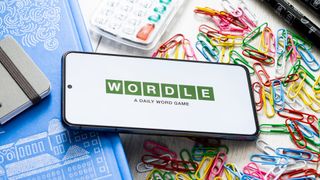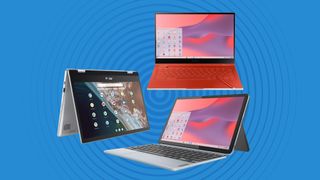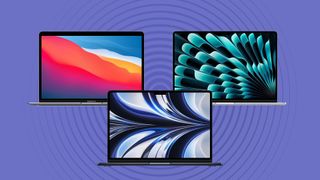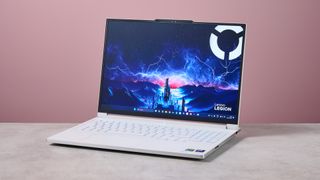Computing

Welcome to TechRadar’s computing channel. Here, you’ll find all the latest news, reviews, guides and more for anything computer related. We’re not just talking about laptops and PCs (although we have loads of content on them), but also MacBooks, Chromebooks, peripherals (such as mice and keyboards) and the software they run.
The computing landscape is constantly and rapidly changing, which can be both exciting and baffling. An increasing number of us are either working from home or embracing hybrid ways of working, which means picking the best laptop for your needs is essential. Meanwhile, the rise of Artificial Intelligence (AI) chatbots, such as ChatGPT and Google Bard, has given us a tantalizing glimpse of what the future of tech holds.
There’s never been a more exciting time in computing, so let us help you make sense of it all.
Explore Computing
Latest about Computing

Lenovo officially unveils the rumored Legion Pro Rollable gaming laptop with expanding screen
By Marcus Mears III published
Lenovo brings a new expandable gaming laptop to the scene, but will it ever see production?

NYT Wordle today — answer and my hints for game #1663, Wednesday, January 6
By Marc McLaren last updated
Looking for Wordle hints? I can help. Plus get the answers to Wordle today and yesterday.

The best Chromebook deals in January 2026
By James Pickard last updated
TechRadar's guide to all the best Chromebook deals available now so you can pick up a small and flexible laptop for less.

The best MacBook Pro deals in January 2026
By James Pickard last updated
We've rounded up all the best MacBook Pro deals available right now so you can pay the lowest price for Apple's premium laptop.

The best MacBook Air deals in January 2026
By James Pickard last updated
All of the best MacBook Air deals in one place, including the lowest prices for the latest M4 models.

Meta delays international launch of its Ray-Ban Display smart glasses
By Hamish Hector published
The Meta Ray-Ban Display glasses are so popular that their international launch is on ‘pause’.

The best MacBook deals in January 2026
By James Pickard last updated
Our roundup of all the best MacBook deals so you can pay the lowest price for one of Apple's premium laptops.

HP just somehow squeezed a Copilot+ desktop PC into a keyboard
By Darren Allan published
CES 2026 HP packed a powerful Ryzen CPU, DDR5 RAM and storage into a peripheral to make the world's first keyboard that's a Copilot+ PC.
Sign up for breaking news, reviews, opinion, top tech deals, and more.

